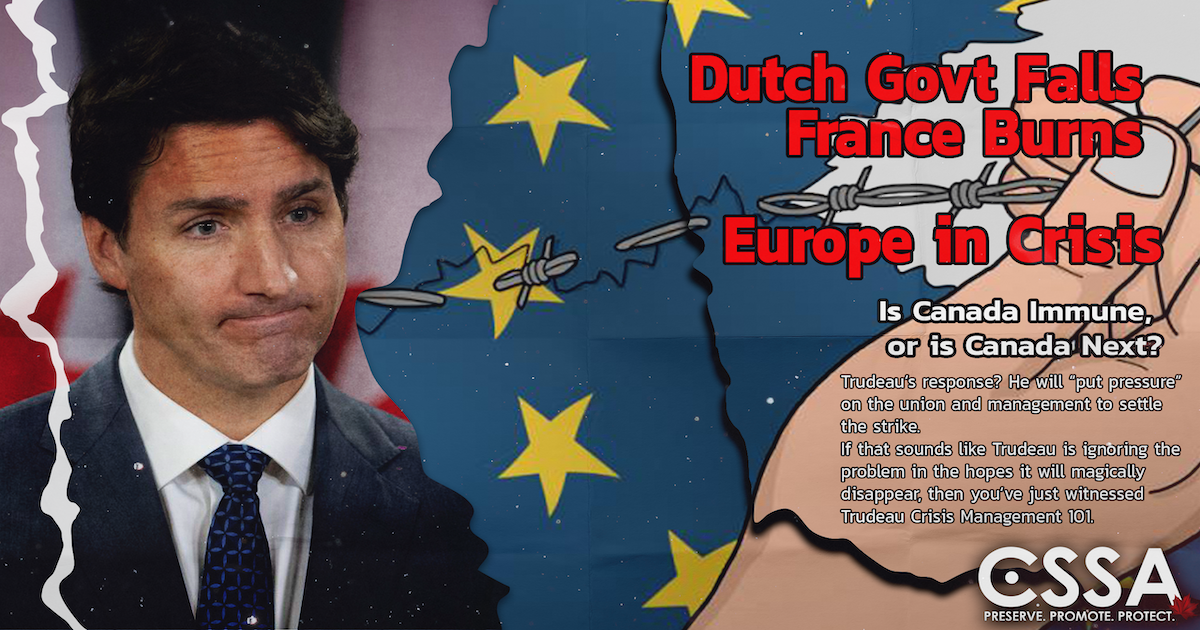Prime Minister Justin Trudeau and PSM Ralph Goodale did something right.
They followed the lead of former Prime Ministers Paul Martin and Stephen Harper and delayed the UN Firearms Marking Regulations until December 31, 2018. This marks the third consecutive Canadian government to defer these regulations and the second Liberal government to do so since Paul Martin, who deferred immediately after he brought in the regulations in 2004.
For the past 13 years, the CSSA and the Canadian Sporting Arms and Ammunition Association (CSAAA), the firearm industry group that lobbies on behalf of hunting and shooting in Canada, worked hard to educate successive governments about the dangers of the UN Firearms Marking Regulations.
First and foremost, it’s an expensive proposition that will damage the Canadian domestic firearms market and related businesses.
As we’ve said many times, the UN Firearm Marking Regulations were postponed for 13 consecutive years by 3 separate governments for one simple reason. No government wanted to be responsible for severely damaging a legitimate Canadian industry.
The CSAAA estimated the total cost to apply “CA 17” to an individual firearm could be as high as $200.
Canada imports roughly 320,000 firearms every year and another 350,000 airguns, Airsofts and paintball guns. Had these regulations come into force on July 1, 2017, as scheduled, every single firearm imported into Canada must have this information engraved on its receiver. You cannot mark 670,000 firearms per year by hand. The only practical method to apply the country code and year of import to firearms is Computer Numerically Controlled (CNC) Laser Engraving. This is the only method that can cope with such a wide variety of materials effectively.
Second, Canada’s strict firearm import process already accomplishes every goal specified in United Nations Protocol 55/255, formally called the Protocol against the Illicit Manufacturing of and Trafficking in Firearms, Their Parts and Components and Ammunition, supplementing the United Nations Convention against Transnational Organized Crime.
Adding an additional mark to imported firearms is redundant and stupidly expensive.
The goal of the UN Firearm Marking protocol is to ensure every firearm can be traced back to its point of origin. All firearms imported into Canada already contain a “unique marking” that allows a firearm to be accurately traced.
It’s called a serial number. It’s the same number used by the RCMP (and every other police agency in the world) to trace a firearm to its point of origin. If it’s good enough for the RCMP and allows them to track a firearm, there is no reason it can’t be good enough to address the concerns of the United Nations.
The CSSA would like to thank our members for the many hundreds of letters you wrote to Prime Minister Trudeau and Minister Goodale. It shows the power of grassroots efforts in turning the course of this steamroller. As we move forward over the next 18 months we hope we can count on your support in developing a strategy to solve this mess once and for all.
Thanks to our industry partner, the CSAAA and to the other organizations that assisted these efforts.
_______
Deferral of Firearms Marking Regulations
May 19, 2017 — Ottawa, ON — Public Safety Canada
The existing Firearms Marking Regulations under the Firearms Act, scheduled to come into force on June 1, 2017, are being deferred to December 1, 2018. The deferral will provide the time required to propose amendments to the Regulations in order to achieve their intended purpose, which is to help improve public safety by facilitating the ability of law enforcement to trace the criminal use of firearms.
Detailed information regarding the deferral will be available in the May 31, 2017 edition of the Canada Gazette Part II. For information regarding firearms requirements in Canada, please contact the Canadian Firearms Program at 1-800-731-4000.
Associated Links


Trudeau Government Defines the Firearms They Will Ban Next